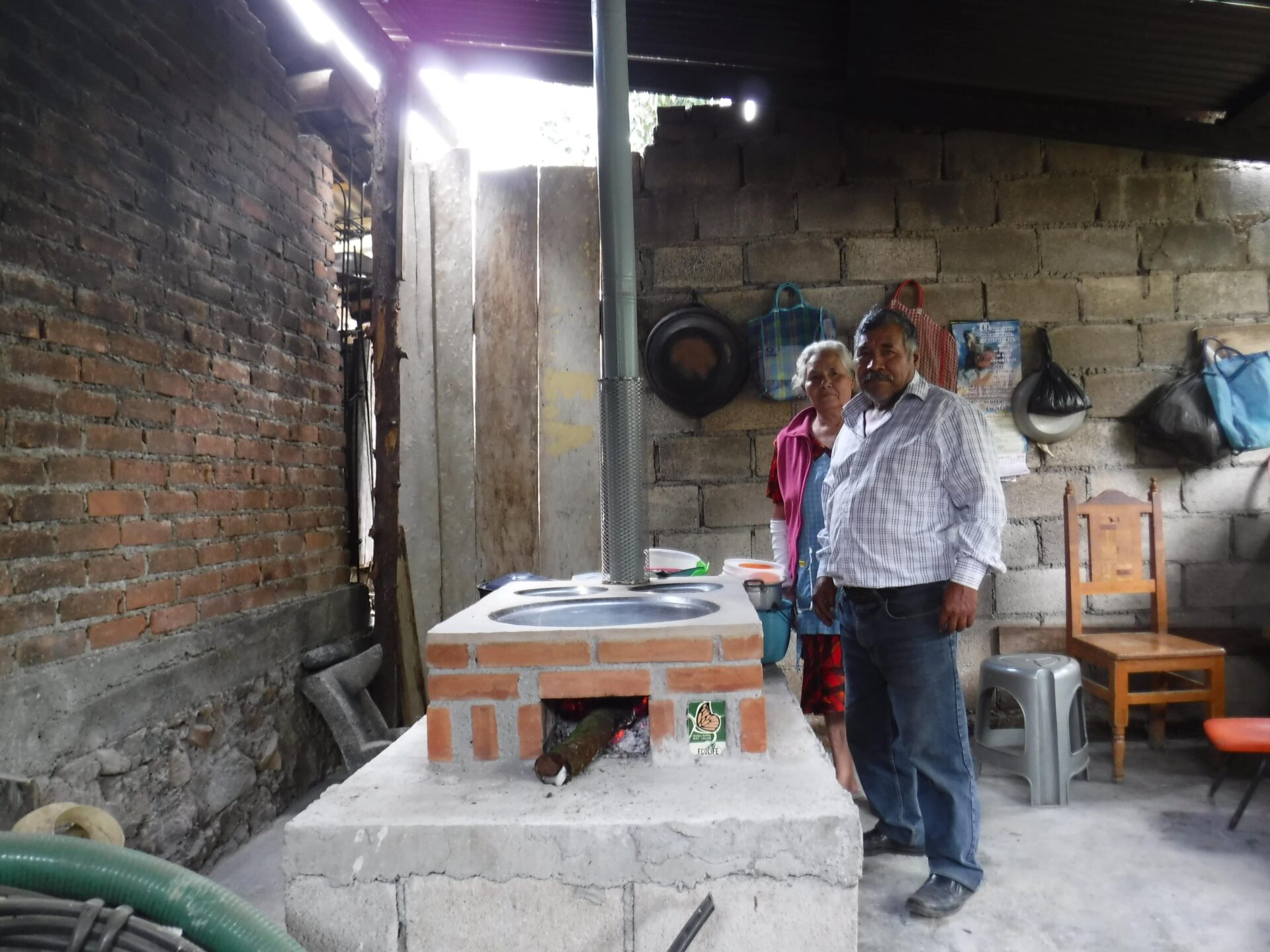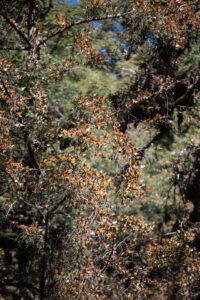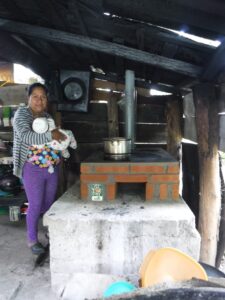Focusing on Community Conservation to Protect Ecosystems

Conservation doesn’t happen without people. In fact, we understand that healthy ecosystems support healthy communities. That’s why when we set out to find a way to help protect the monarch butterflies, we knew that it was important to work with the communities around the Monarch Butterfly Biosphere Reserve to get their feedback. This is what’s known as community conservation, or community-based conservation. Keep reading about our community conservation efforts and how we work to make conservation more successful.
How a Community Conservation Focus Strengthens Conservation Efforts

Community conservation is when efforts to protect local nature and species involve active participation from local communities. Including the local community combines local knowledge with international knowledge to determine the most appropriate and effective solutions for conservation. In true community-based conservation projects, people who live around the area that needs to be protected are involved and provide feedback from the very start of the project. It all starts by speaking directly to the community to understand their needs, values, and how conservation benefits us all.
In its Nature Pays initiative, the WWF states that “For conservation to be effective, local communities must benefit from conservation efforts.” One of the most effective ways to stop or reduce practices that are harmful to the environment is to provide local communities with sources of income that don’t harm the environment and are sustainable, inclusive, culturally appropriate and can provide the income they need. This provides communities with a variety of incentives to continue protecting their local ecosystems and protect themselves from harm that may be caused by anyone from outside of the community as well.
In addition to the many ways community-based conservation bolsters conservation efforts and helps make them successful, there are other reasons to take local communities into consideration. Most protected areas are occupied by indigenous groups, who practice long-established customs and traditions that rely on the use of these natural resources.
The Patsari Stove Project

ECOLIFE realized additional conservation efforts were needed to protect the overwintering grounds of monarch butterflies, so ECOLIFE first spoke with the local communities. This engagement led to the development of our culturally appropriate solution for protecting monarch butterflies and community health: the Patsari stove.
After speaking to the community, we learned that communities surrounding the Monarch Butterfly Biosphere Reserve (MBBR) cook on open fires inside their homes. This causes dependence on the forests of the MBBR for firewood, contributing to the deforestation of the reserve and compromising the insulating effects of the forest in winter.
Indoor cooking fires lead to many issues like injuries and diseases caused by breathing smoke, which are the leading cause of death in the developing world, especially for women and children.
To help people live healthier lives and reduce their impact on the Monarch Butterfly Biosphere Reserve, the Patsari stove was developed. These stoves are more fuel-efficient than open cooking fires, reducing community dependence on firewood. Prefabricated chimneys funnel smoke outside the homes and the cooking surfaces are sealed to keep smoke from leaking out into the home allowing families to breathe clean air. The fire that powers each stove is enclosed with bricks which keep the sides cool to the touch, so adults and children are protected from burns. All of this protects families from pulmonary disease, eye injuries, burns, and premature deaths.
The Patsari stoves have been designed in Mexico by Mexicans and continue to be improved using feedback from end-users. With this feedback in mind, the stoves have been designed for traditional cooking methods using a flat-surfaced comal for cooking tortillas and two burners for heating. The Patsari stoves eliminate 90% of the smoke from homes and use 60% less wood, reducing carbon emissions and deforestation.
In addition to these features, we employ local masons in each community to build and maintain the stoves. Local community members work as our promoters to spread the word and educate about the benefits of the stoves throughout their communities. Even the children in the community learn about the health and environmental impacts of cooking fires, so they can grow up with the knowledge they need to help themselves and their environment thrive.
Support Our Efforts to Help Humans and Nature Thrive Together
For conservation to work, human needs must be met. We help people and nature support each other with environmental education, job security, and stoves that reduce deforestation and disease. Building fuel-efficient stoves protects forests and forest-dwelling species while providing clean air and safer living conditions for families.
Through our programs, community members become spokespeople for health issues, children learn about the importance of conservation, and men learn to build stoves that protect their families and the environment.
We encourage you to join us in our mission to help humans and nature prosper together. We need the support of people like you to build life-saving stoves for the families surrounding the Monarch Butterfly Biosphere Reserve. Your support allows us to build more stoves, improve more lives, and continue to expand our protection of Monarch Butterfly Biosphere Reserve. Donate today!